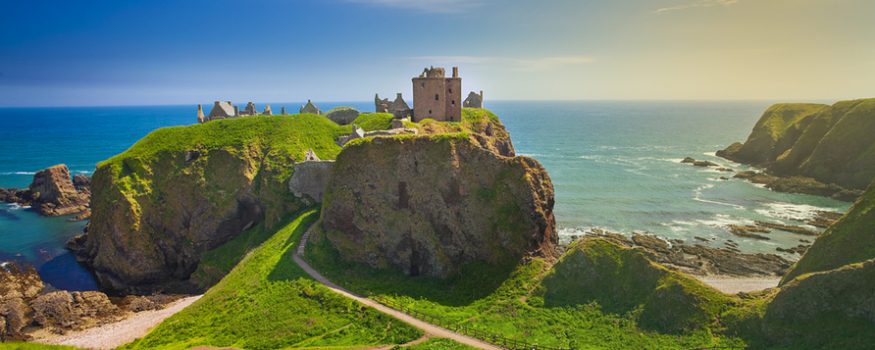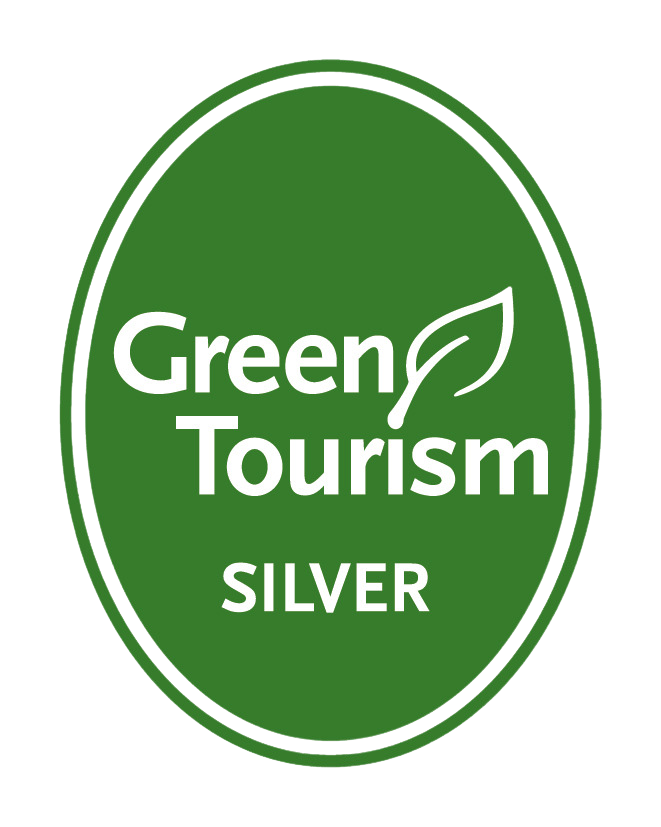There are two sides to welcoming visitors back to our attractions once they are allowed to re-open: the social distancing policies that will need to be in place; and ensuring that visitors have as normal experience as possible.
There have been many views on who the first audiences will be – millennials with a laissez faire attitude that just want to get out and travel again, local travellers such as couples and families that will want to explore the spaces and places that they may have taken for granted until everything changed in late March, and perhaps even the elderly.
Whatever the social distancing and other policies that are in place for a specific venue; they will need to serve a specific purpose with one goal in mind – keeping people a safe distance apart from each other, whilst having as much fun as visitors have always had. In order to facilitate this, I would suggest that the delivery of social distancing policies will need, as far as possible, to be fully integrated into the visitor experience; and as easy as possible to follow. The key point here is that once visitors can start to experience our open spaces, venues and attractions again; they will also be juggling a huge variety of other decision making processes – both consciously and unconsciously as part of their daily lives; and so we will need to ensure that our spaces and places are as stress free as possible.
The implementation of these policies can be fun, instructive, regimented or draconian – the point is that one size may not fit all and could, I would suggest, be part of the visitor engagement overall.
The concept of the visitor journey is by no means a new one – the psychological and physiological immersion that takes place for every visitor is very well established.
How then could social distancing, which will be very much in the forefront of many visitors’ minds be incorporated into the visitor journey in such a way that it feels almost seamless?
Broadly, this will fall into fairly standard criteria: pre-arrival messaging via websites, advertising etc. and on arrival via signage, visitor services teams, physical barriers, painted lines etc and multiple other forms of visitor engagement tools at the venue’s disposal.
It seems probable that open spaces, gardens etc will be the first to welcome visitors again; and this is useful as these are exactly the type of venues that usually have fairly little in terms of structured requirements other than keeping to paths etc. The wider attraction industry can learn a lot from how visitors here are kept apart; what techniques work well and what any areas of friction could potentially crop up in order to use them for their own planning.
The one thing that we have on our side is indeed a double edged sword – time. As an industry, we desperately need to begin to welcome visitors again as soon as possible; but equally having a scaled return allows us to watch and learn, and hopefully engage with each other in order to create a new flexible form of best practice that will allow all venues, regardless of size and type (or indeed previous popularity) to learn from each other. In a world where previously a new opening has been a time of competition and muscling for market share; we are now, possibly for the first time, all created equal.
About the author: Mike Newman is the Managing Director of b2me Tourism Marketing Ltd, a consultancy business providing tourism marketing, strategy, representation and training for the UK travel trade. Specialist areas include arts and cultural marketing, including museums, galleries, attractions and destination marketing. Key international markets include the US/Canada, Japan and and South Korea. b2me also provides strategy and marketing advice on the UK groups market.










